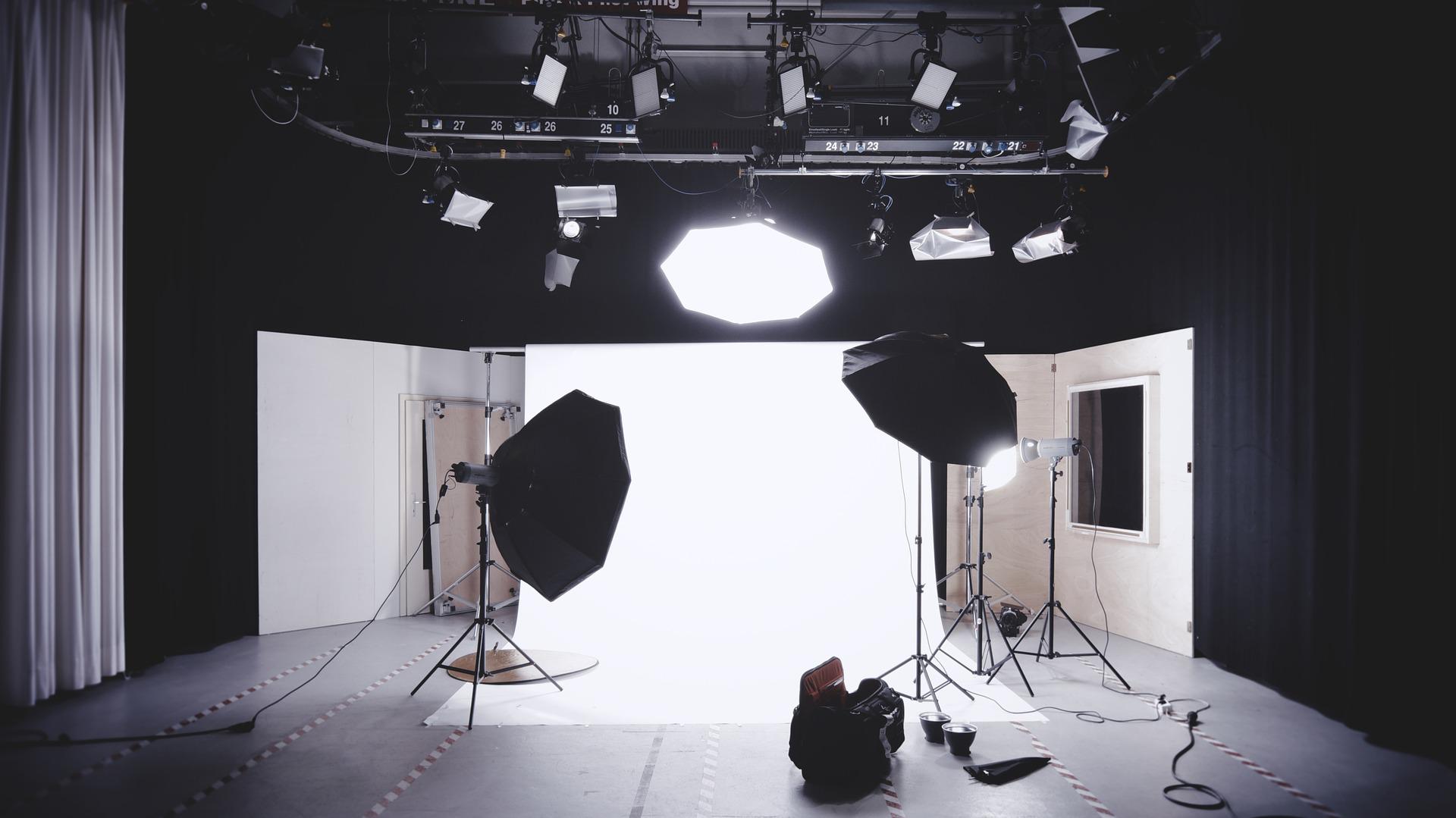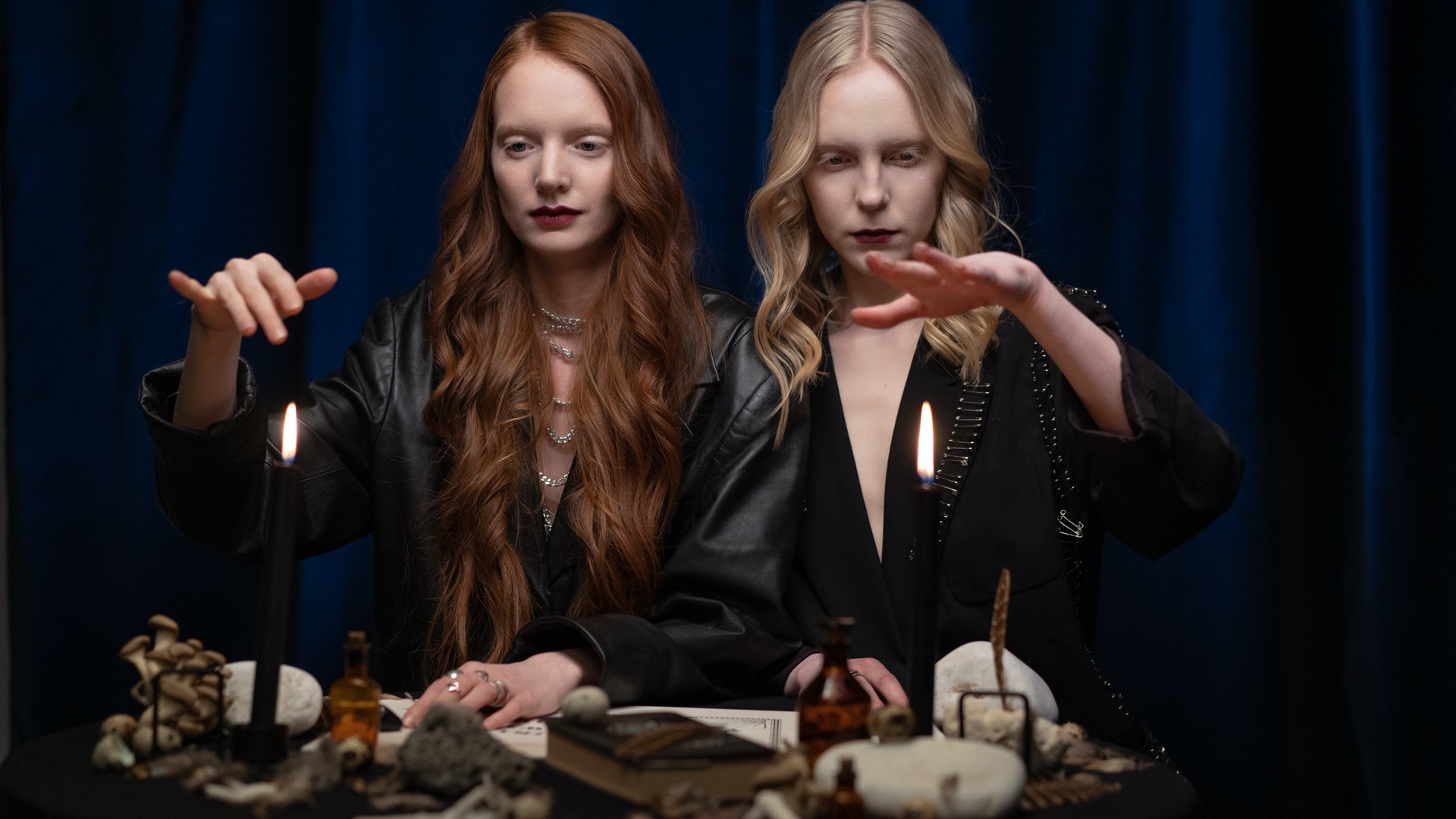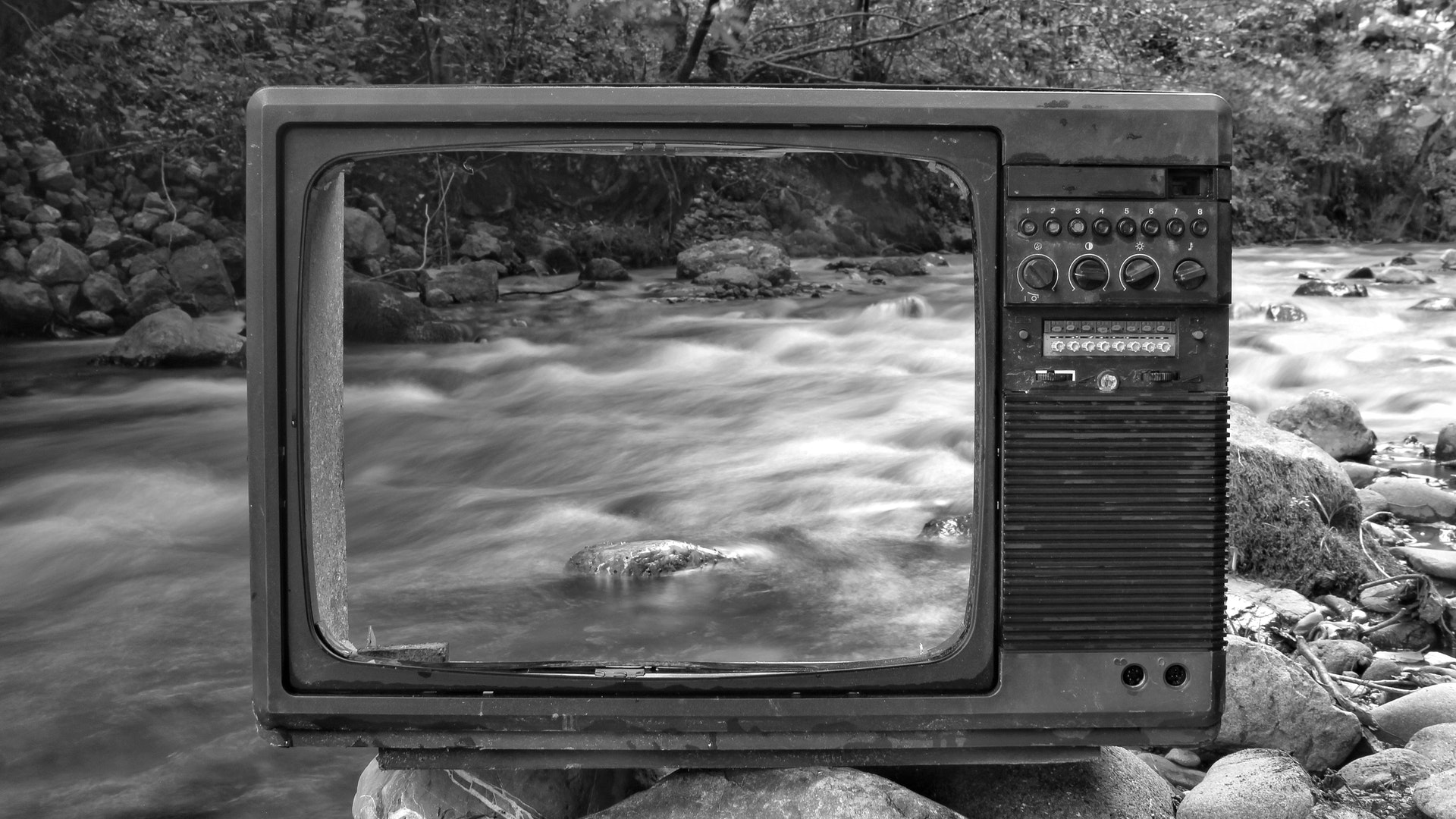Like any journey in life, starting your VFX firm can be approached in any way that seems right to you. But to discover how others have done it, we chatted with several independent 3D film entrepreneurs (opens in new tab). Whatever stage of your career, read on to learn more about their advice, experiences, and stories, and get ready to be inspired.
Scale up after a limited launch
Undoubtedly, the bulk of VFX studios is created when one or more senior artists leave a well-established firm to go it alone. In June 2013, Milk VFX(opens in a new tab) was created exactly this way. CEO Will Cohen explains: “A small number of us grasped the unusual chance to establish out on our own when The Mill decided to dissolve the Film & TV section.”
With only 40 employees and three major projects—the TV version of Jonathan Strange & Mr. Norrell, the 50th-anniversary episode of Doctor Who, and the third season of Sherlock—Milk was founded in London. From nice, it developed into a renowned studio known for its work on expensive film and television projects.
The crew expanded over four years to 150 members, and a second small studio in Cardiff, Wales, was established. Two hundred fifty artists are affiliated with it, and a third studio location in London’s Fitzrovia has just been announced.
Cohen credits the team’s collective experience when asked how the studio built such a strong reputation in the center of the industry.
“We were extremely lucky to have the connections and background we did. The jobs we were able to get also helped us establish a reputation for excellence. For us, it was like a dream when we went on to win our first BAFTA Television Craft Award for Doctor Who: Day of the Doctor.”
Save diligently and judiciously.
The end of the first year, a crucial period for any new firm, must be reached with money in the bank. Cohen notes, “We were a self-funded organization; we didn’t start with millions of pounds.”
“Two critical decisions helped us: investing money and energy in Milk’s branding properly when we first started the company and later (in 2017) accepting the BGF’s investment and deciding to build the firm with a comprehensive strategy.”
Cohen adds that the company’s technical scalability, notably its investment in cloud technology, was a key element in its early success.
When Alexis Haggar established his VFX firm Lexhag(opens in new tab) in 2009, it was a significantly different trip for him. He continues, “Up until that moment, I’d graduated from film school and found employment in the special effects business.
“Around this time, CGI was starting to gain popularity and was frequently used in productions as a necessity rather than a luxury. We used to frequently speculate about how CG will completely replace the FX sector. I had used 3D animation to make my Art A-Level final project, so I was somewhat familiar with some of the professional tools.”
Haggar kept advancing his career in special effects up until he met Paul McGuinness, a veteran of BBC visual effects noted for his practical and digital products work.
After a wonderful work period with him, I quickly realized it was time to found Lexhag, says Haggar. “I worked with him for a few years, gathering tonnes of knowledge and expertise in both sectors. After that, he used all his savings to rent a modest basement in Soho. As they say, the rest is history.
Put your niche in mind.
Haggar claims that his combined experience offered him a distinct advantage despite having only moderate VFX industry expertise. “If Anything, I had a broader perspective of the sector. My journey was getting to know the filmmakers and collaborating with them to realize their ideas.”
Naturally, being able to make VFX shots and having a solid core ability is also necessary. When you land your first job, you’ll probably start employing coworkers and assembling a team.
Early efforts combining physical and digital effects and Haggar’s particular interest in the horror subgenre helped Lexhag establish a solid name, inspiring them to start working on their first television project, Charlie Brooker’s Dead Set.
He says, “Anything that sets you apart is beneficial because this business has fierce competition. A more sustainable business can be developed by finding a specialty and excelling at a repeatable task.”
Being pigeonholed is a bad side effect of having a specialty, which Lexhag avoids continuously studying and trying new methods or technologies.
“We are a corporation that uses creativity to address problems motivated by stories. Our multi-talented crew enjoys utilizing all our talents to produce; we create CGI, shoot components, make equipment, prototype physical concepts, 3D print and develop props, help design sets, construct characters, design camera rigs, and much more, “explains Haggar.
He offers some wise counsel to anyone thinking about undertaking a project comparable to Haggar’s: “You have to work hard and strategically. Be ready to work on various tasks, not just those you enjoy. You’ll need to have the ability to concentrate your efforts and take pleasure in every area of managing a firm.”
As dull as it may sound, having a robust delivery pipeline and accounts system will be essential to your studio’s success. Most importantly, however, is taking care of your employees.
Avoid being picky (to start with)
Rob Redman, the proprietor of Pariah Studios(opens in new tab) (and the editor of 3D World), decided against risking his entire life savings. Years ago, when he was still a photographer, he frequently edited images, which led to the development of 3D, he says.
“I established Pariah Studios as a freelancing, “side” project. Years passed before it was incorporated as a limited corporation, but I started to grow.” Redman said he relished the creative freedom that such organic growth permitted. He continues, “I had a design, 3D, and camera work all running together.
The ability to select projects on ones own will initially be an unattainable luxury for any studio. “At first, you don’t have a reputation, or if you do, it’s in someone else’s firm,” Redman says.
“Since you won’t receive much at first, you must accept it all; you cannot pick and choose until you begin receiving more. Remember that you’ll need to set aside money in a few more years for faster computers and newer equipment.”
Pick a suitable area.
In Cohen’s opinion, establishing a successful studio requires experience and a good location: “We found when we started that people want to know who you are and what you’ve done, so that experience is key.”
He adds: “Location is crucial for clientele and skill pools. Particularly in London, where despite some recent changes, there is still a sizable talent pool in Soho and Fitzrovia, where clients prefer to be because it allows them to stroll to different companies. Soho and Fitzrovia are the traditional locations for the film industry.”
Despite having some obvious advantages, any new studio must nonetheless overcome obstacles. According to Cohen, one of the earliest hurdles was persuading potential clients that they could undertake complicated assignments.
It’s still difficult to maintain the order book full and monitor the jobs we’re working on simultaneously.




